Looking for a fish tale that involves something other than trout or bass?
You’re not alone – although it may not always appear that way in the outdoor media. I love a trout stream as much as anyone, but the world of fish goes beyond the usual “game” species. A growing cadre of “fish nerds” – rough fishers, microfishers, native fish junkies, biologists and conservationists – celebrate the full fish diversity that’s out there.
They recognize that gar deserve respect as much as largemouth bass. They get excited over suckers and sturgeon. They become enraged when anglers dump native species on the bank based on outdated myths and misperceptions.
Fortunately, at least some publishers are now recognizing this. Here are six great new books for the dedicated fish nerd. And please leave your own favorites in the comments.
-
A Naturalist Goes Fishing
by James McClintock (St. Martin’s Press)
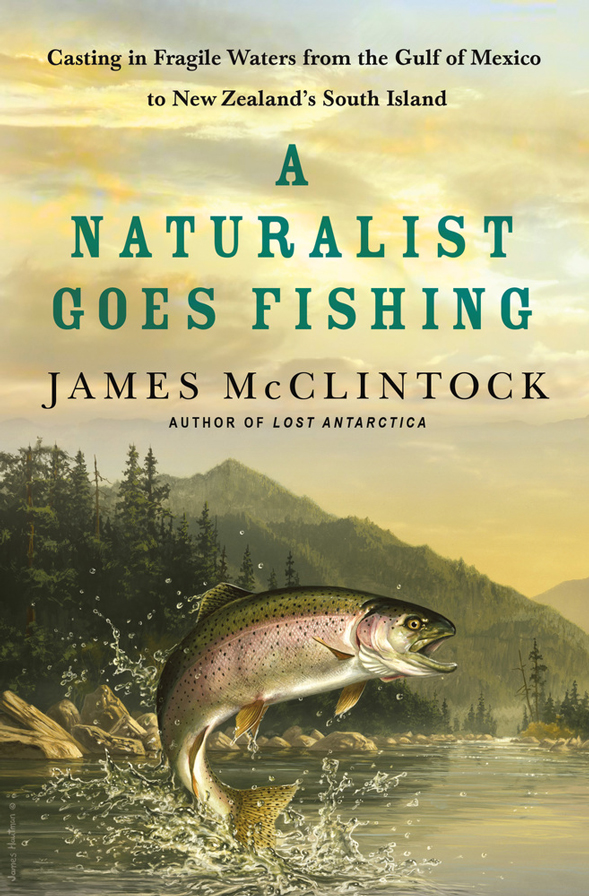
James McClintock is best known as a scientific expert on Antarctica. He has 25 years of research experience on the continent, has written an excellent book (Lost Antarctica) and is frequently interviewed on popular media outlets.
He’s also an avid angler, and in this book he brings his scientific observation skills to well-crafted fishing tales. One of my complaints for many fishing stories is that they are focused on gear and trophies rather than the experience. That’s not the case here: McClintock brings different habitats to life, sharing not only the fish and fishing but the geology, plants, birds and more.
Like many enthusiastic anglers with busy lives, he fishes where and when he can: sometimes on the local river, sometimes on guided trips and sometimes when he can spare an hour during a work expedition. McClintock’s far- research and faculty duties have led to some truly unusual fishing opportunities: he’s cast a line (and caught fish) from his research station in Antarctica, and hand-lined for blue cod off the coast of New Zealand.
It’s impossible to be a thoughtful angler in the 21st century and not realize the scope of conservation problems facing freshwater and saltwater environments. For each fishing trip, McClintock details the issues succinctly, and addresses how we might make changes that are better for fish and fishing.
But this is not a glum book. In fact, I can’t think of a fishing book I’ve read that I’ve enjoyed more. Reading it made me want to float in a canoe for spotted bass, enjoying otters along the way. It made me want to explore remote Canadian locales for lake trout. And it left me with renewed energy to fight for these and other special waters. If you’re an angler-conservationist, I’m sure you’ll feel the same.
-
Return of the Gar
by Mark Spitzer (University of North Texas Press)
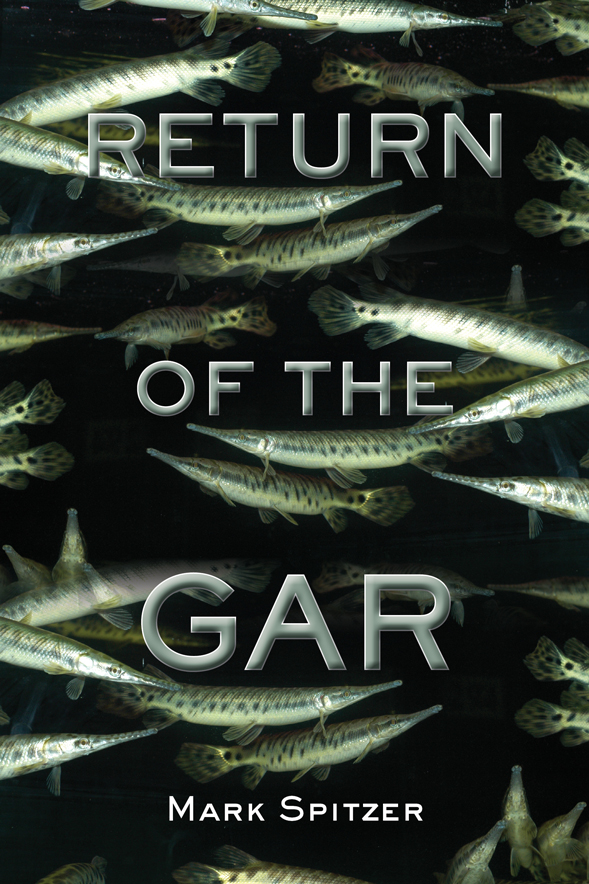
During a short stint in Kansas, I explored a lazy river one afternoon when I saw pointy snouts slashing the surface. Shortnose gar. I tied on a crankbait and was rewarded with some of the most exciting fishing of my life: violent strikes, near-constant action and even the occasional hook up.
I left Kansas and gars, and it seemed I was alone in my enthusiasm. In fact, too many anglers and fisheries managers persecuted gar with extreme prejudice. They are commonly shot with bows and piled on banks to rot, under the mistaken belief that this is saving bass and walleye.
Through social media, I learned that this is changing – there are other “garficionados” who recognize the gar as an “ancient sport fish” that is one of the most fascinating things that swims.
One of those is author Mark Spitzer, who explores the world of human-gar relationships in Return of the Gar, his second book devoted to the fish. He catches and raises gar. He attends a cringe-inducing bowfishing tournament. He casts a line for huge (and non-native) alligator gar in a Thailand fishing park, where “river monsters” are stocked and coddled for visiting trophy anglers. He dines on barbecued gar in Mexico, where they are raised for aquaculture. And along the way, he sprinkles in wry observations, commentary and the mandatory gar puns.
Spitzer is a creative writing professor, not a scientist. But his scientific advisor for the book is none other than social media guru, Cool Green Science contributor and gar researcher Solomon David. That alone should make it a must-read for the gar obsessed.
-
Wild: 75 Freshwater Tropical Fish of the World
by Flick Ford (The Greenwich Workshop Press)
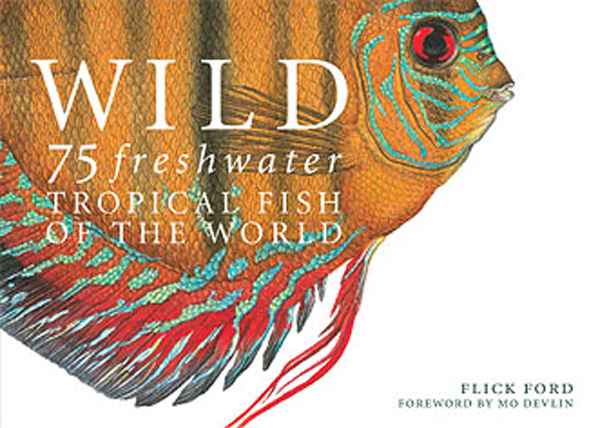
This book is aimed primarily at freshwater aquarium enthusiasts. It features stunning artwork by Flick Ford of 75 freshwater tropical fish, each accompanied by text featuring natural history habits, tips for rearing them and conservation status.
I’m not an aquarist but I still found this to be readable and informative. Many of these species have fascinating habits that would be of interest to any fish nerd. And the artwork is stunning. In short, it’s a rare species in its own right: a coffee table book that is not only beautiful but highly readable.
-
People of the Sturgeon
by Kathleen Schmitt Kline, Ron Bruch, Fred Binkowski and Bob Rashid (Wisconsin Historical Society Press)

Sturgeon are another ancient fish species – they swam with the dinosaurs – that have not fared well with humanity. In much of their range, they’ve been walloped by poaching, dams, pollution and more.
But in Wisconsin’s Lake Winnebago, they’re thriving and support an annual ice spearing season that’s a popular cultural tradition. It wasn’t always the case. At the turn of the century, it looked like Lake Winnebago’s sturgeon would disappear forever. This is the story of comeback, told through the biologists, spearers, Native Americans and community members who led the conservation effort.
I especially liked how the book wove together science and human values: both essential for fish conservation. I know some angling friends might take issue with sturgeon spearing. I find the traditions, and the ultra-cool decoys employed to be fascinating. It made sitting over a hole in the ice on a cold Wisconsin day actually sound appealing. And, unlike so many sturgeon harvests around the world, it’s sustainable.
-
Fly Fishing for Coarse Fish
by Dominic Garnett (Merlin Unwin Books)
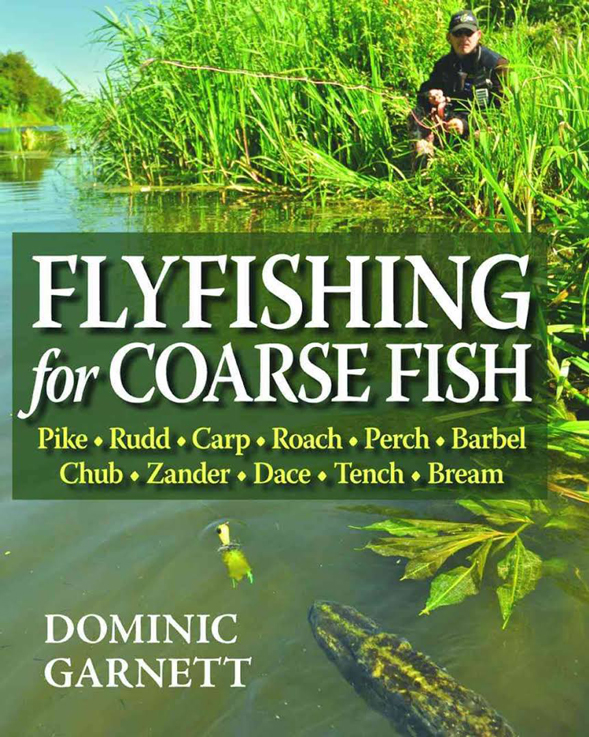
Fly fishing in Britain stirs up images of well-dressed nobles on manicured streams, streams that cost more to fish than your mortgage. But here’s another take: canals and rivers full of strange and interesting species. This book features everything from carp that gulp patterns that look like bread balls to wary chubs that sip mayflies like trout. Dominic Garnett brings a naturalist’s eye and a fish nerd’s enthusiasm, whether he’s targeting gigantic, rod-busting pike or minute schools of dace.
Even in crowded Britain, it appears, there’s great outdoor adventure to be had just by fishing for species that others ignore, in waters that go unnoticed. While the other books on this list can be enjoyed by anyone who loves fish, this one is more suited for hard-core angling freaks. I suspect that the intricacies of zander fly selection does not have broad appeal. But if your angling dreams extend to roach and rudd, well, you’ll find this book endlessly fascinating. As did I.
-
A Field Guide to Coastal Fishes: From Alaska to California
by Val Kells, Luiz A. Rocha and Larry G. Allen (Johns Hopkins University Press)
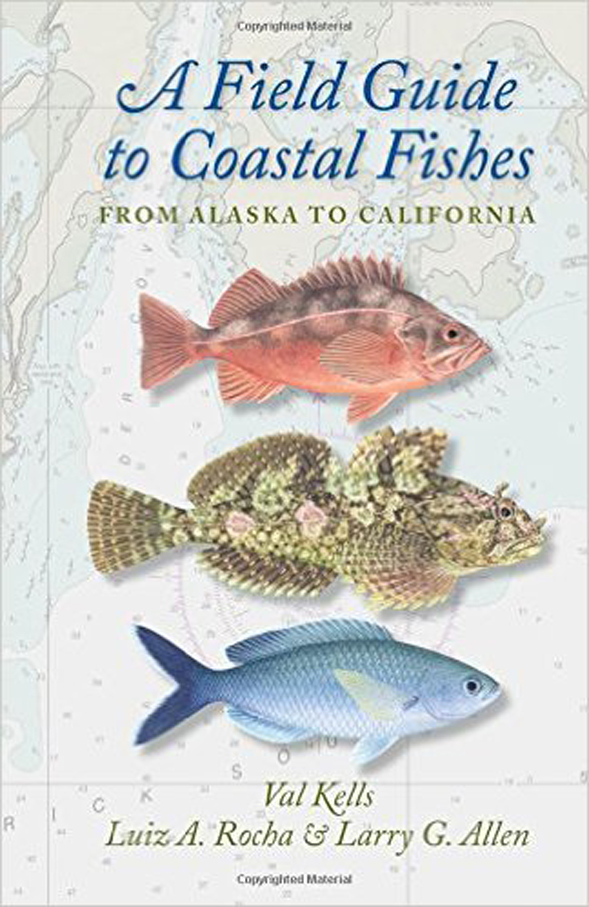
This is the new complement to the heralded Field Guide to Coastal Fishes: From Maine to Texas also by Valerie Kells. That one has been repeatedly recommended to me by naturalists, conservationists and fishing guides. For good reason. The illustrations are striking, and the information accurate and complete.
The same is true for this guide. It’s the most comprehensive book I’ve found on Pacific fish. I look forward to putting it to use on future West Coast trips.
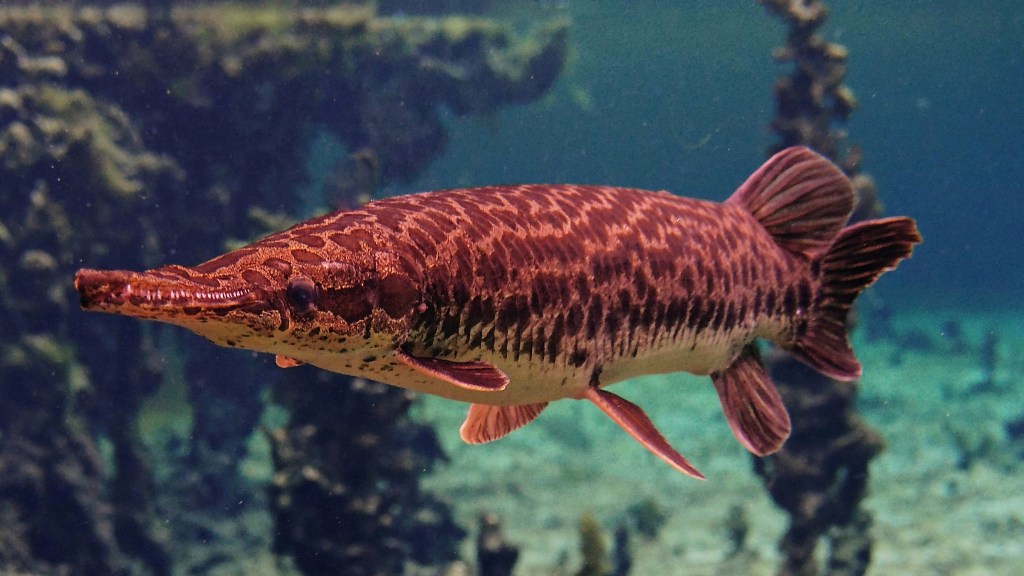



THANKS for putting my pix to good use… Gar and Bowfin are by far my favorite fish to “hunt” for…
Thank you for making your beautiful photos available through Creative Commons!